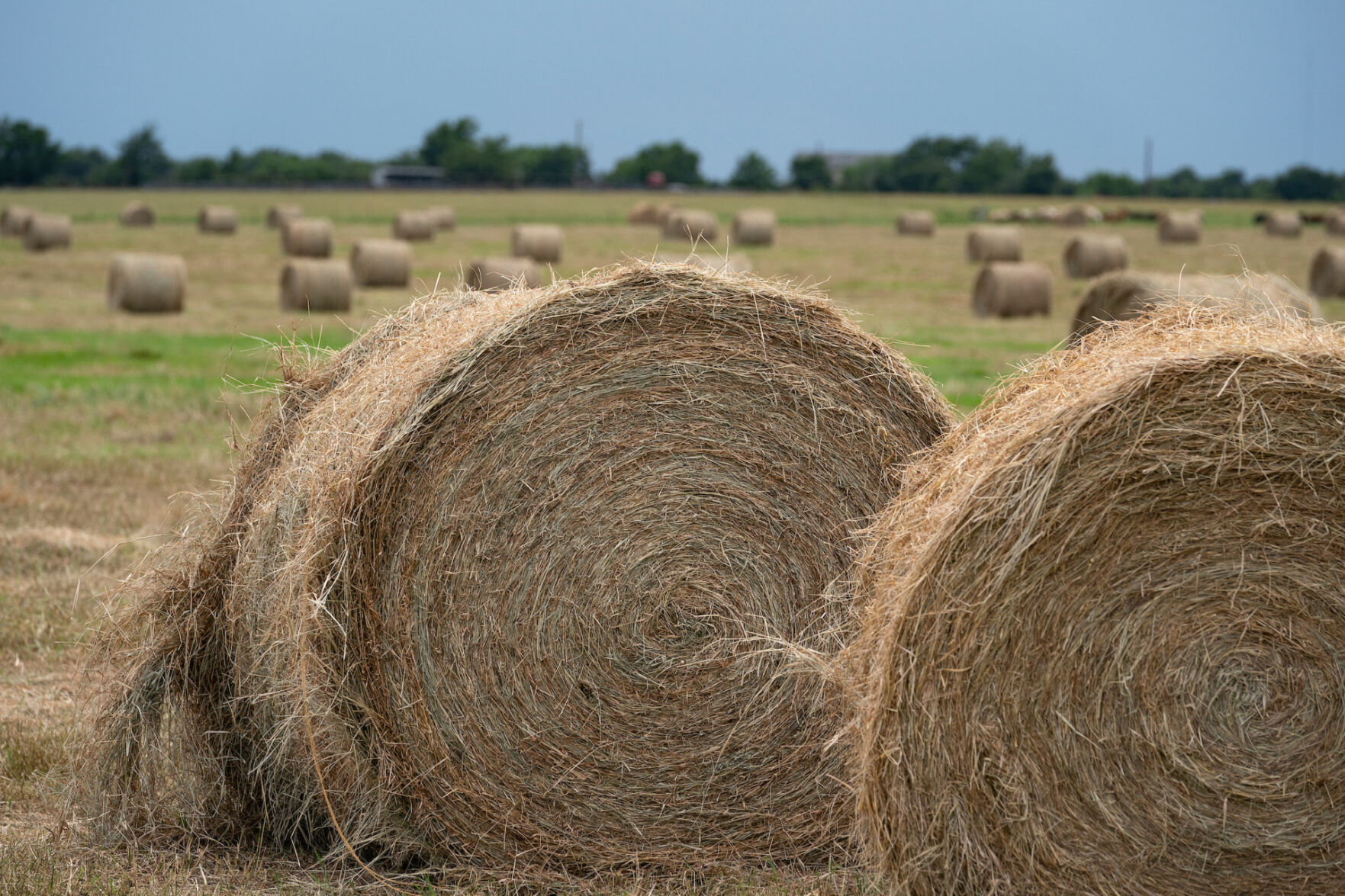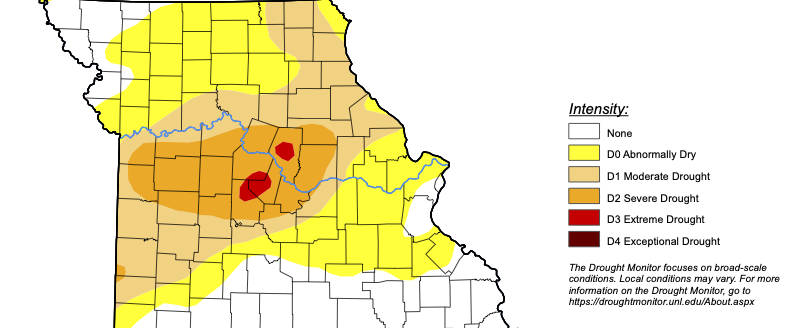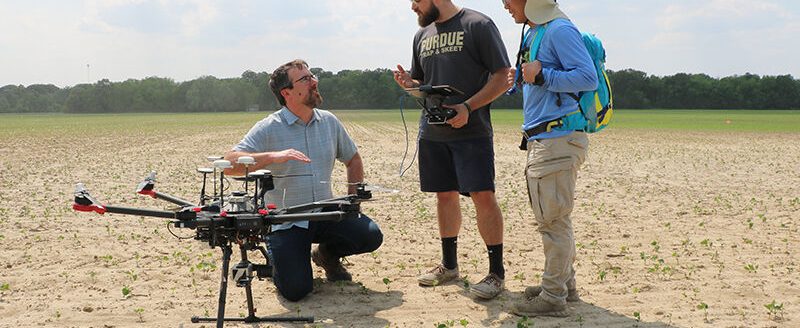Growing conditions greatly improved for many Texas forage producers following deep drought, but it takes more than just rain and sun to grow Bermuda grass, according to Texas A&M AgriLife Extension Service experts.
Moisture over the last few months has reversed hay production and grazing outlooks for Texas producers. But management of hay meadows and pastures over previous seasons and going forward will factor heavily in yields, said Vanessa Corriher-Olson, Ph.D., AgriLife Extension forage specialist, Overton, and Larry Redmon, Ph.D., professor and associate head for AgriLife Extension in the Texas A&M Department of Soil and Crop Sciences, Bryan-College Station.
So far, despite good growing conditions and harvest reports from many areas around the state, Corriher-Olson said many producers’ warm-season grasses are behind schedule or still recovering from overgrazing and inadequate fertilization.
Many AgriLife Extension agents around the state were reporting good hay yields and grazing and improving production conditions, however some areas were beginning to show signs of decline due to high temperatures and drying conditions.




